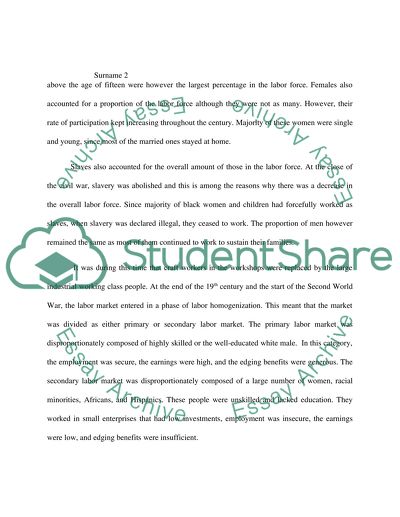Cite this document
(“Pre-1924 U.S. Economic History Term Paper Example | Topics and Well Written Essays - 1500 words”, n.d.)
Pre-1924 U.S. Economic History Term Paper Example | Topics and Well Written Essays - 1500 words. Retrieved from https://studentshare.org/macro-microeconomics/1496349-pre
Pre-1924 U.S. Economic History Term Paper Example | Topics and Well Written Essays - 1500 words. Retrieved from https://studentshare.org/macro-microeconomics/1496349-pre
(Pre-1924 U.S. Economic History Term Paper Example | Topics and Well Written Essays - 1500 Words)
Pre-1924 U.S. Economic History Term Paper Example | Topics and Well Written Essays - 1500 Words. https://studentshare.org/macro-microeconomics/1496349-pre.
Pre-1924 U.S. Economic History Term Paper Example | Topics and Well Written Essays - 1500 Words. https://studentshare.org/macro-microeconomics/1496349-pre.
“Pre-1924 U.S. Economic History Term Paper Example | Topics and Well Written Essays - 1500 Words”, n.d. https://studentshare.org/macro-microeconomics/1496349-pre.


